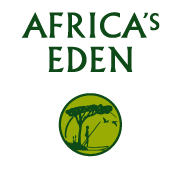São Tomé / Príncipe: practical information
Whether exploring São Tomé’s mountain trails or Príncipe’s untouched beaches, visitors will find a rare blend of biodiversity, cultural heritage, and genuine hospitality — a true conservation jewel in the Gulf of Guinea.
Nature & Wildlife
Isolation has made São Tomé & Príncipe a hotspot of endemism:
-
Plants: more than 895 species, including over 130 orchids unique to the islands.
-
Birds: 143 species, with 28 endemics such as the dwarf olive ibis and São Tomé grosbeak.
-
Marine life: 230 recorded fish species, seasonal humpback whale migrations, and four species of nesting sea turtles.
Climate
The islands enjoy a tropical climate averaging 27 °C year-round.
-
Long dry season: June–September, best for hiking and birdwatching.
-
Wet seasons: March–May and October–November, lush and ideal for photography and orchids.
-
Turtle nesting: September–March.
-
Whale watching: July–September.
People & Culture
Known for their warm leve leve (“easy-easy”) spirit, the people of São Tomé & Príncipe reflect centuries of Portuguese, African, and Creole heritage. Festivals such as São Lourenço on Príncipe showcase colourful costumes, music, and dance. The islands’ history as major cocoa producers is still visible in the atmospheric roças (plantation estates), many now partly restored.
Practical information
-
Language: Portuguese (with local Creole widely spoken).
-
Currency: Dobra (but euros are commonly accepted).
-
Time zone: GMT+0.
-
Power: 220V, European 2-pin plugs.
-
Travel: International flights connect mainly via Lisbon and Accra.
